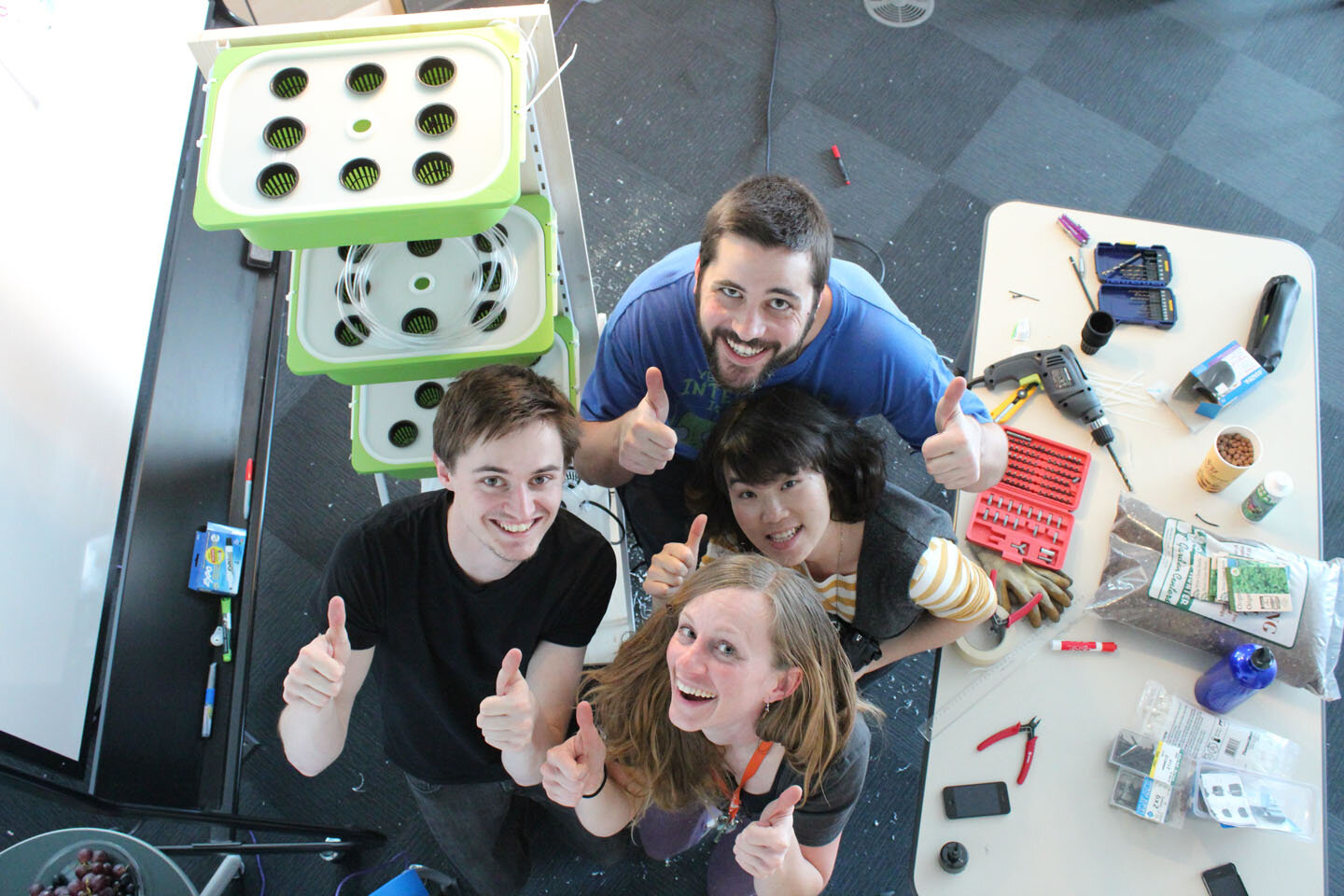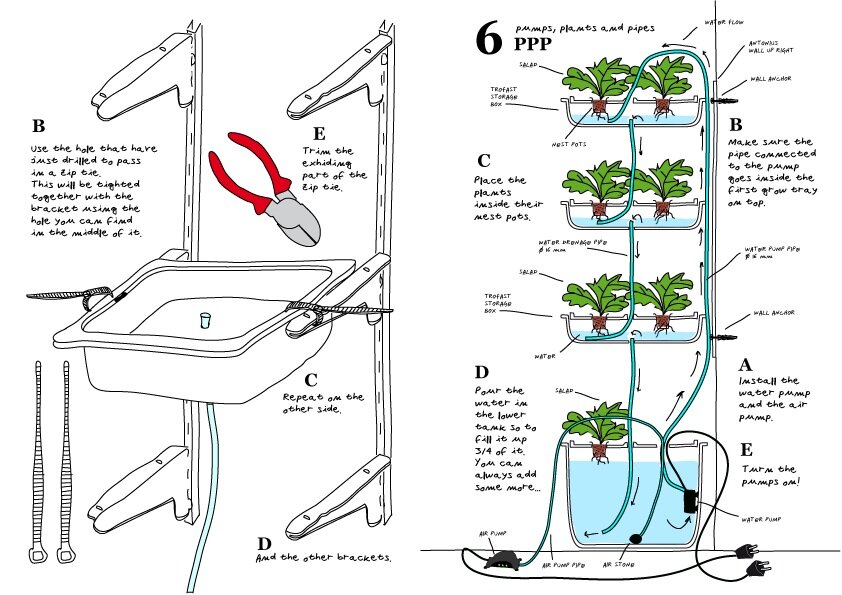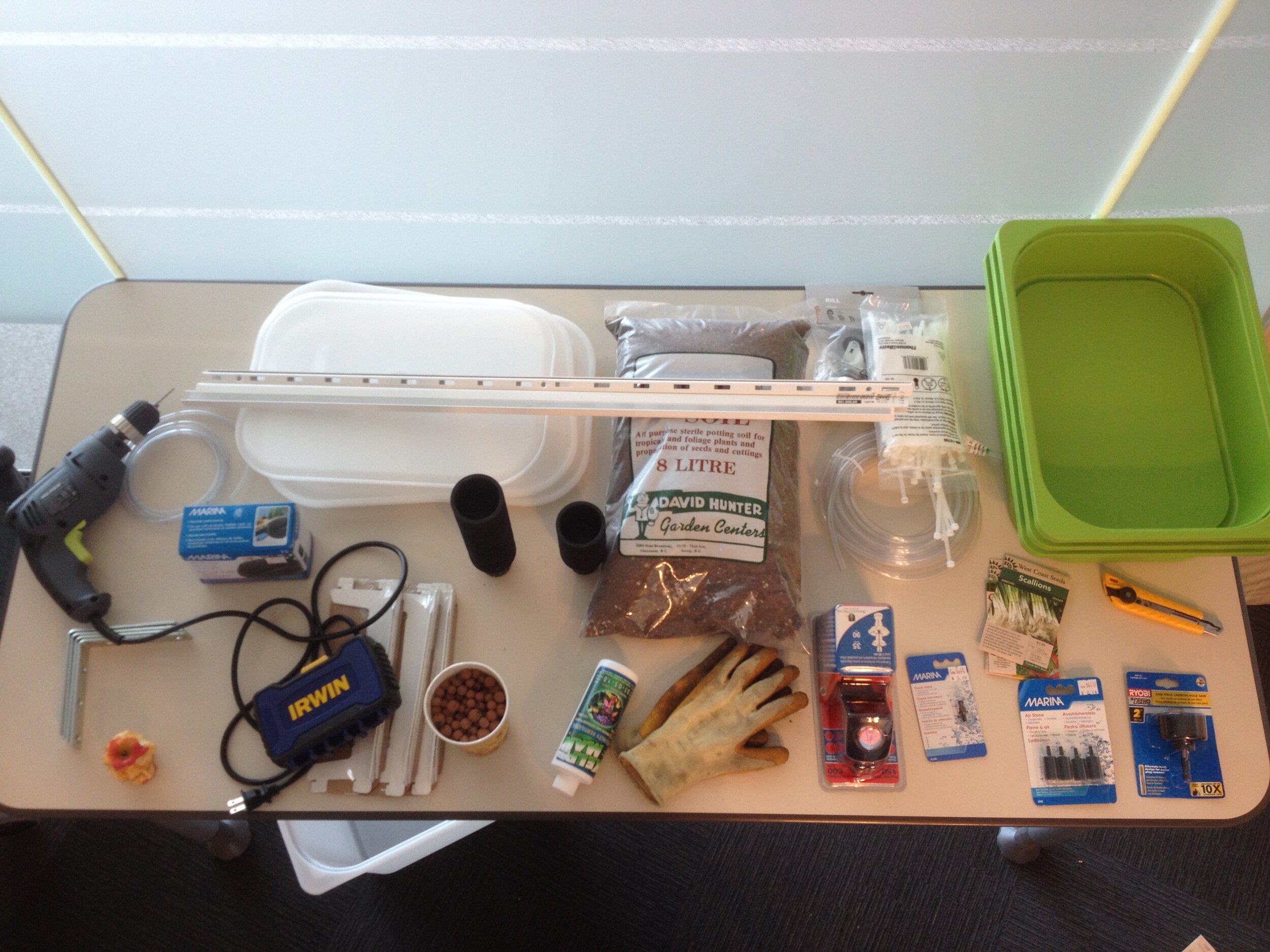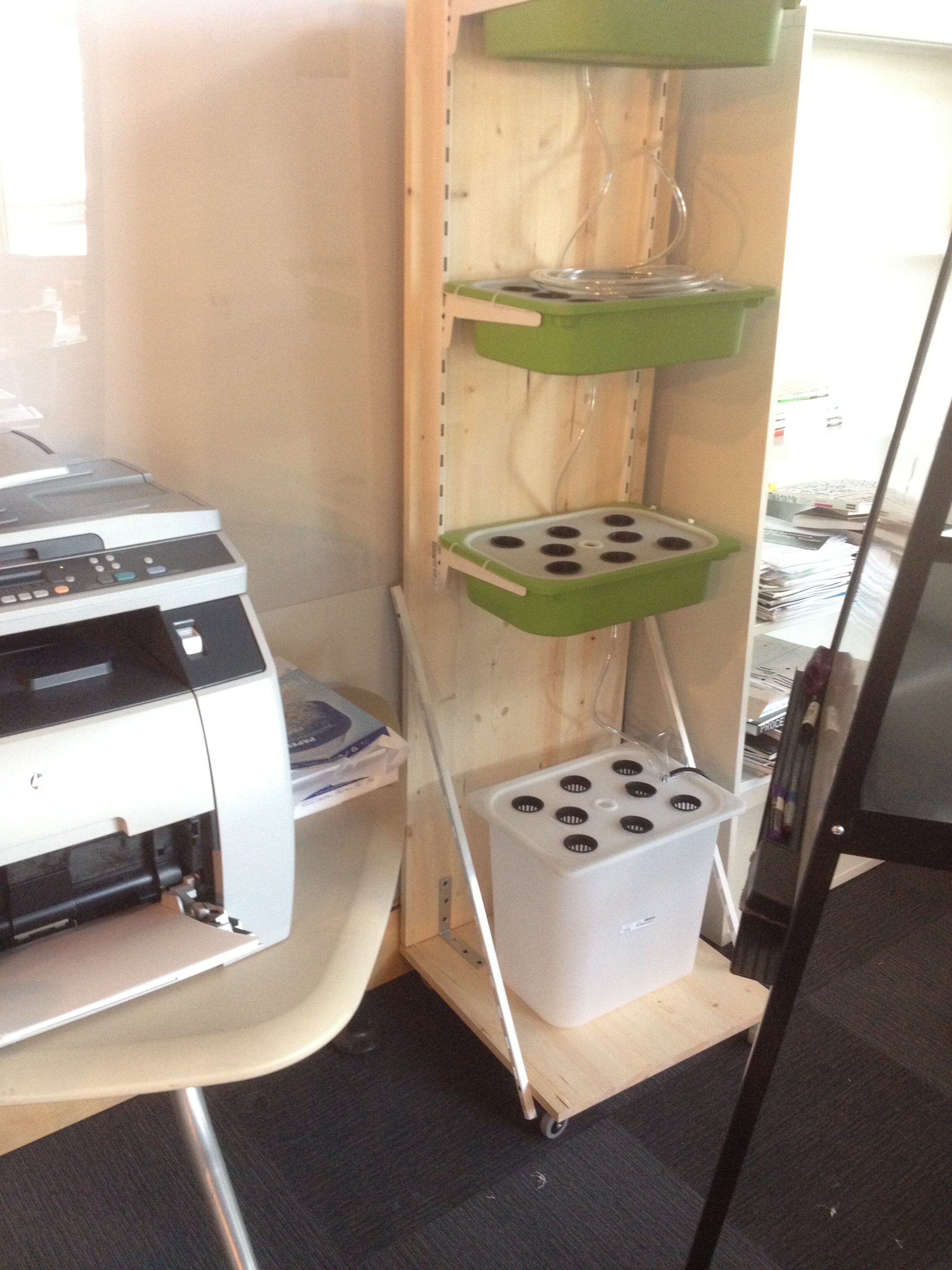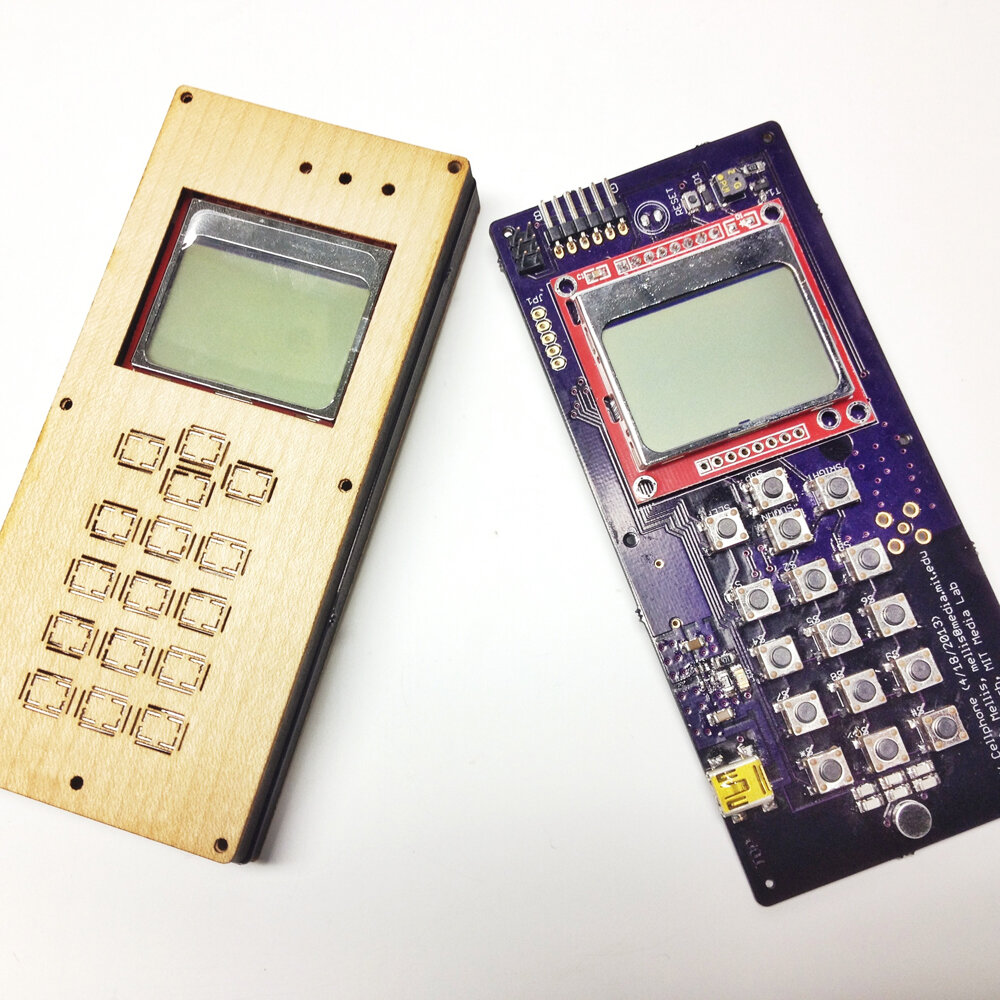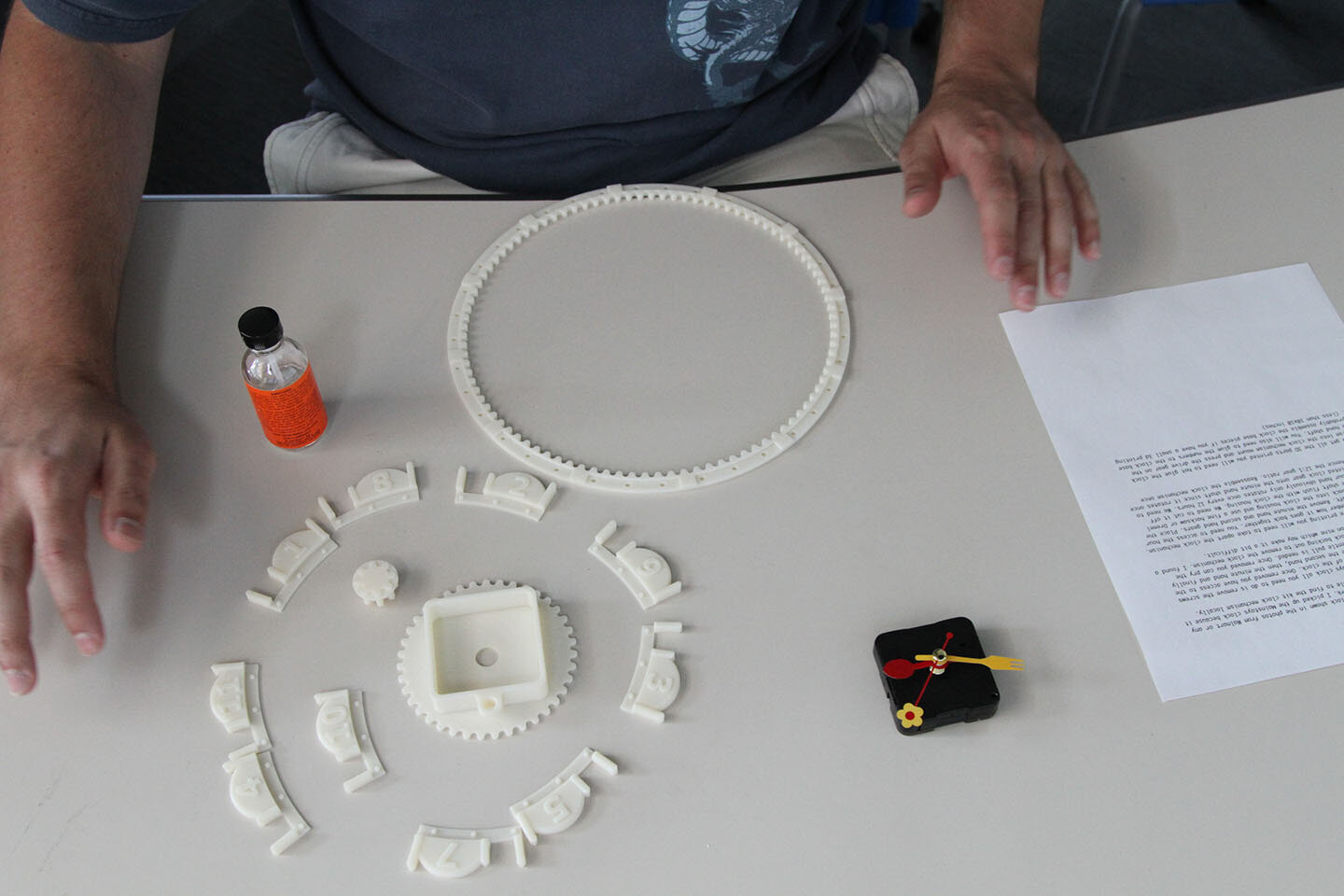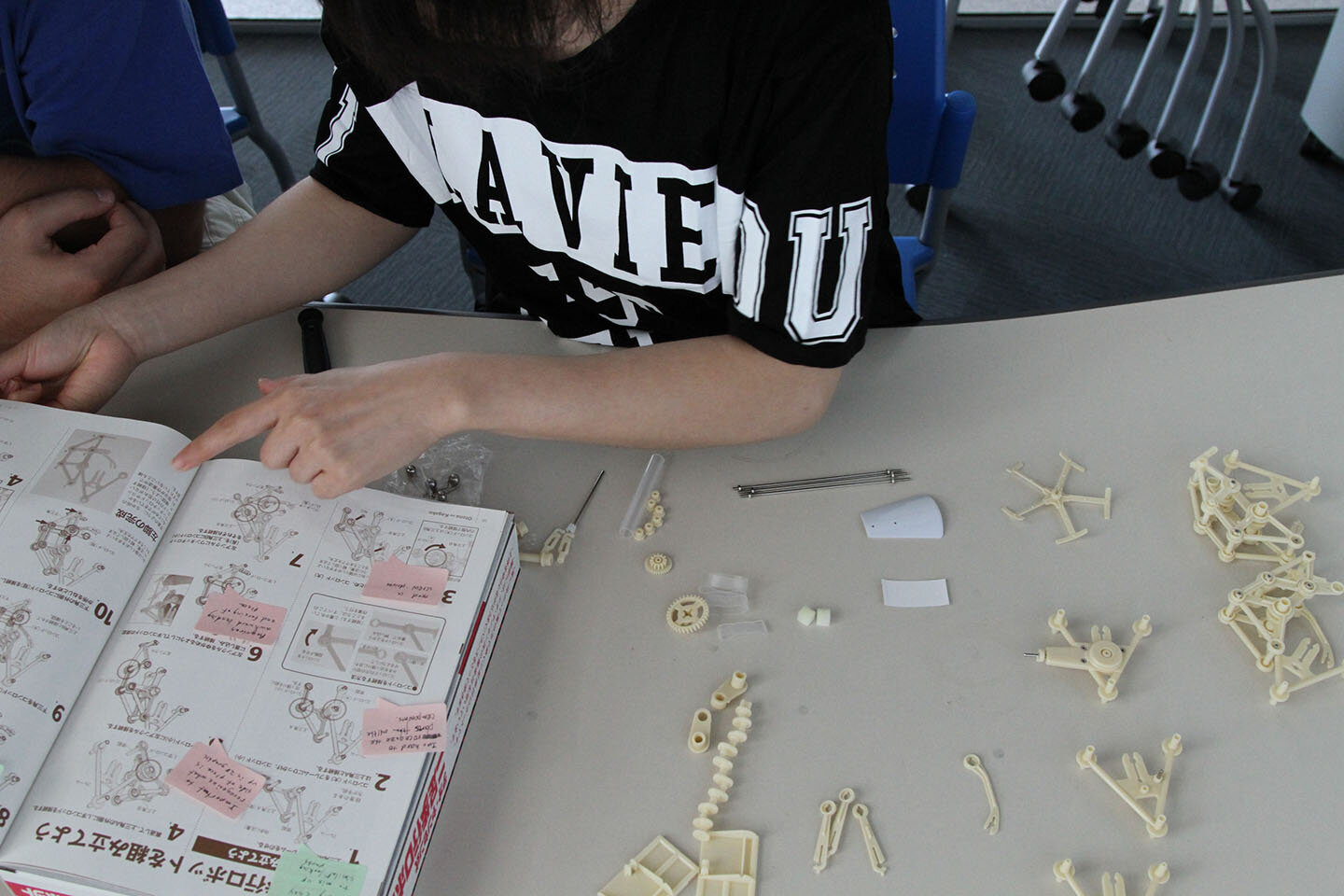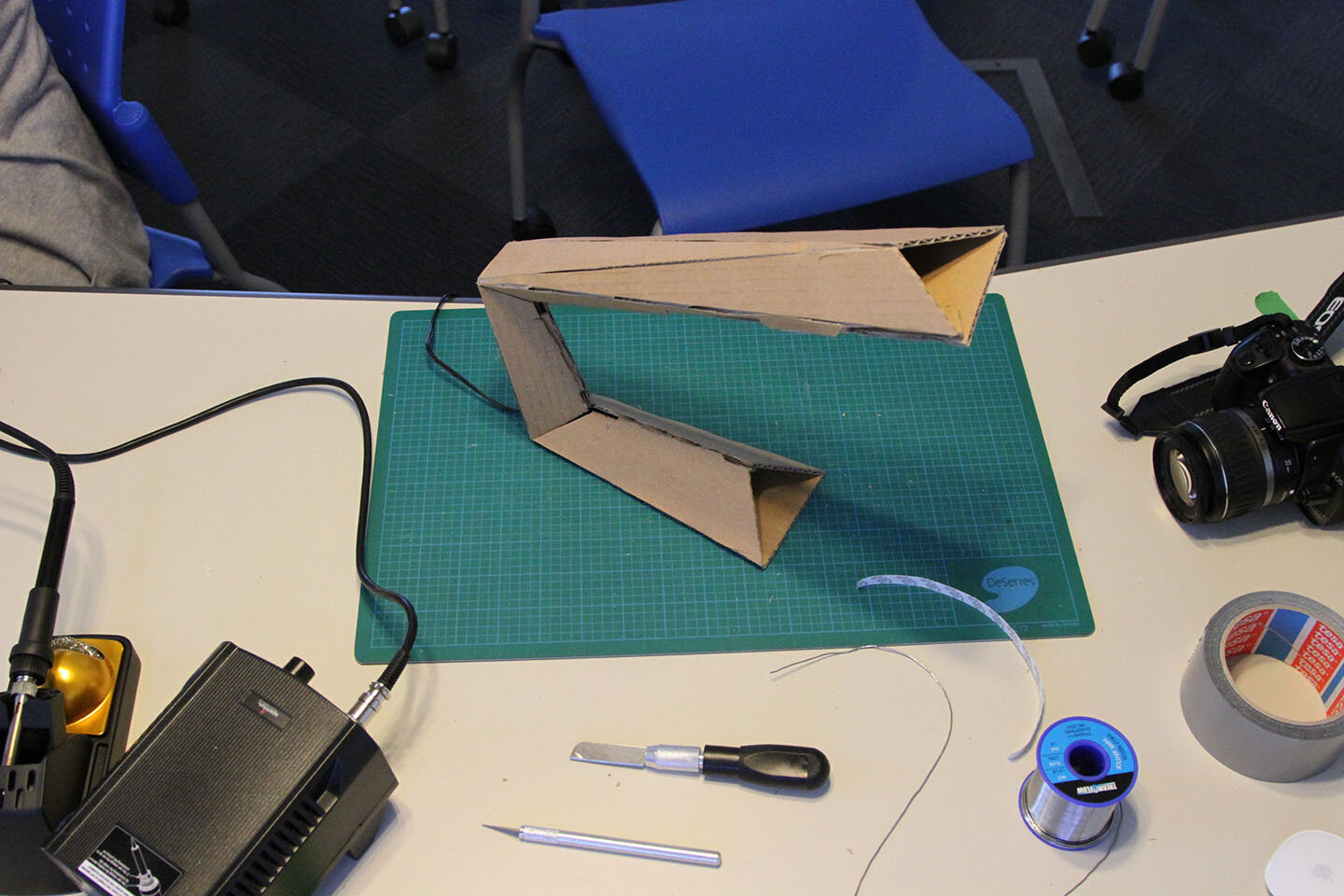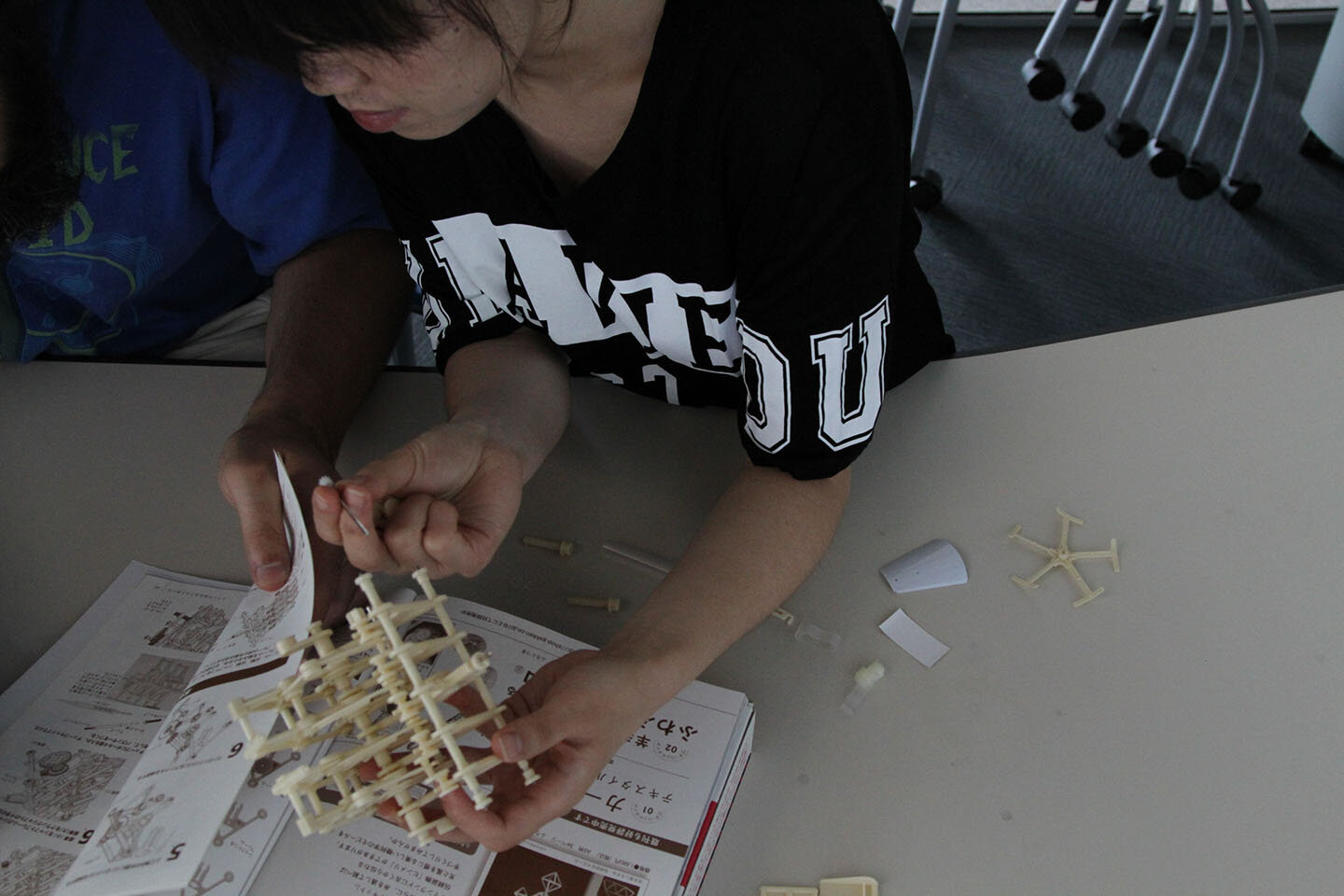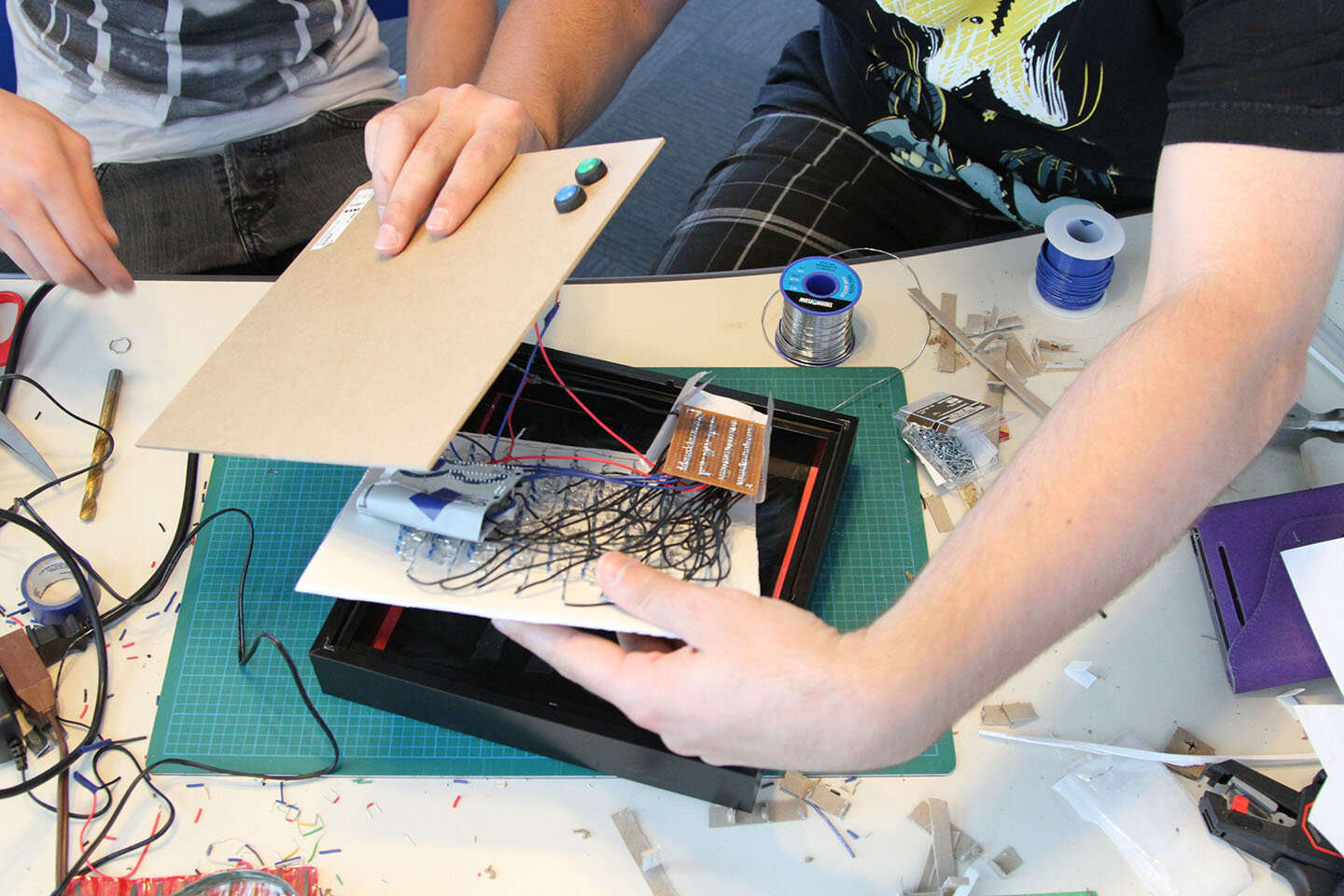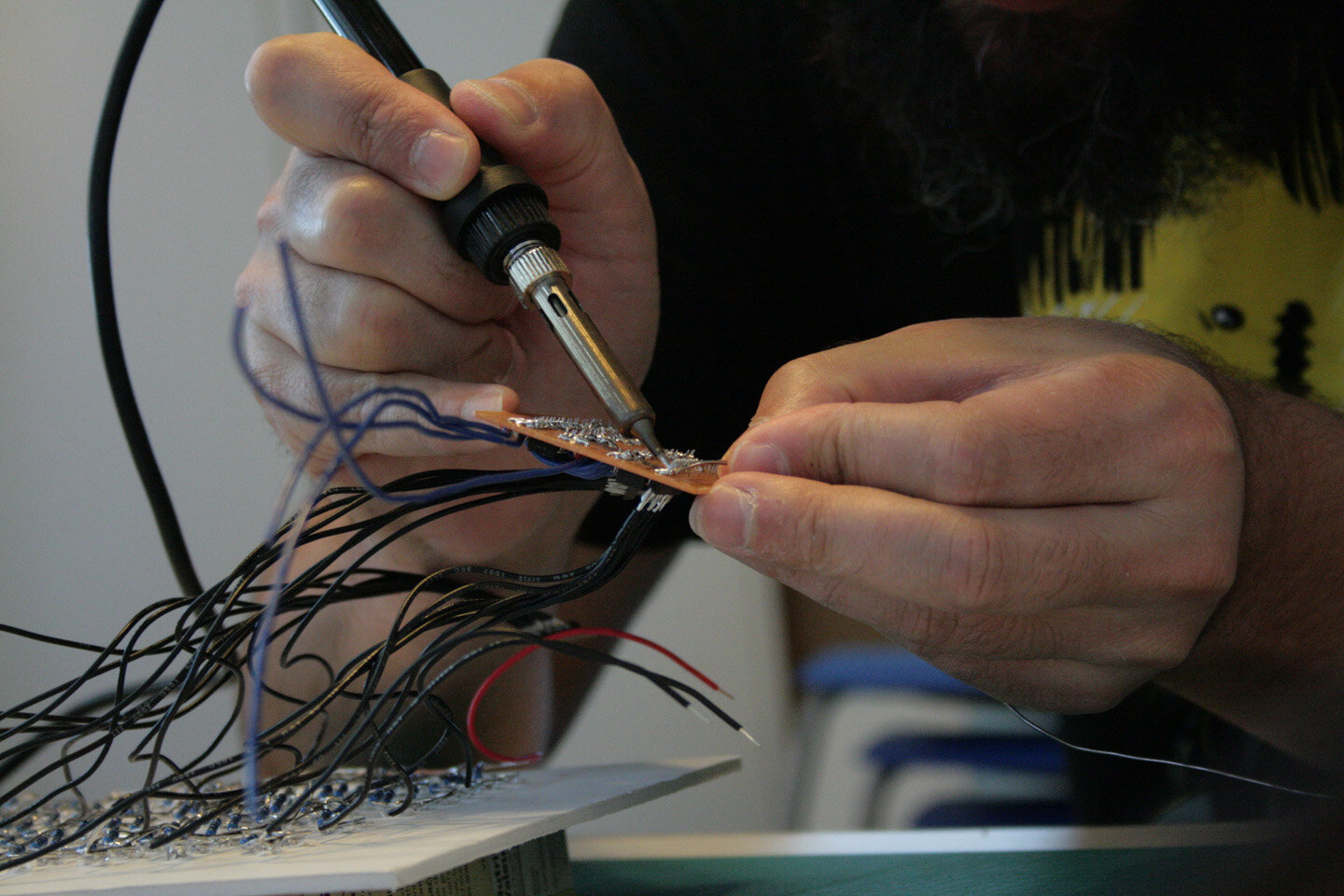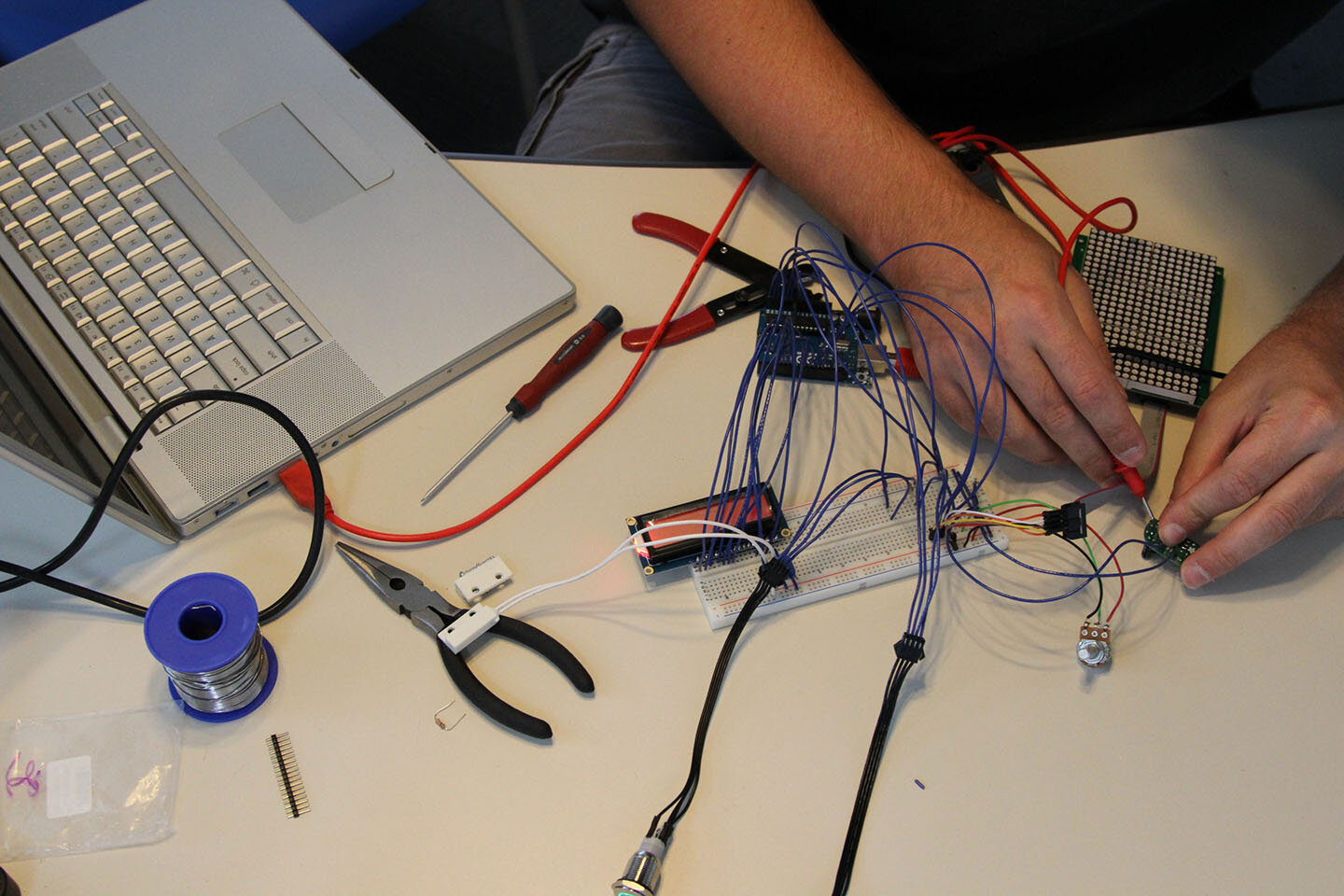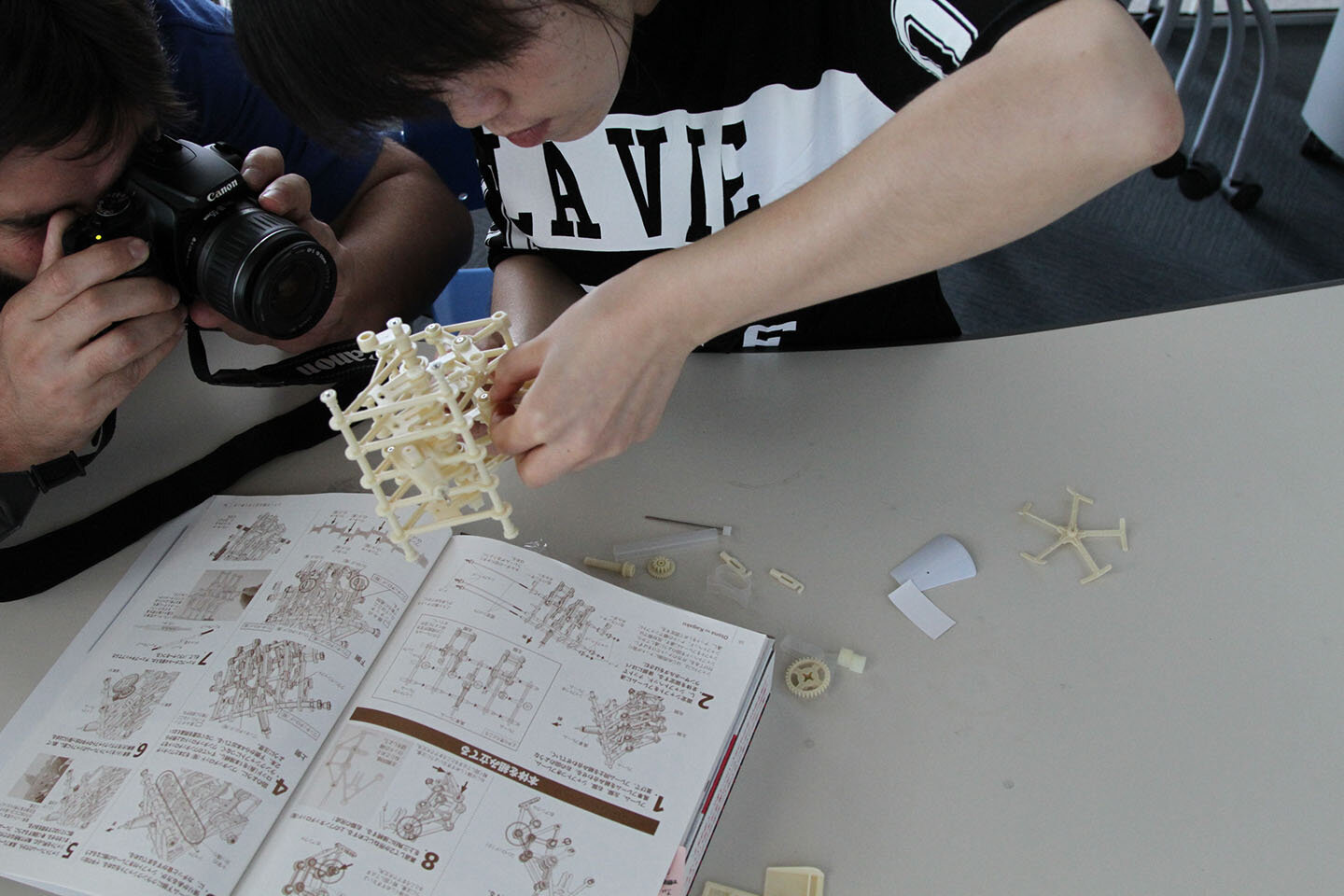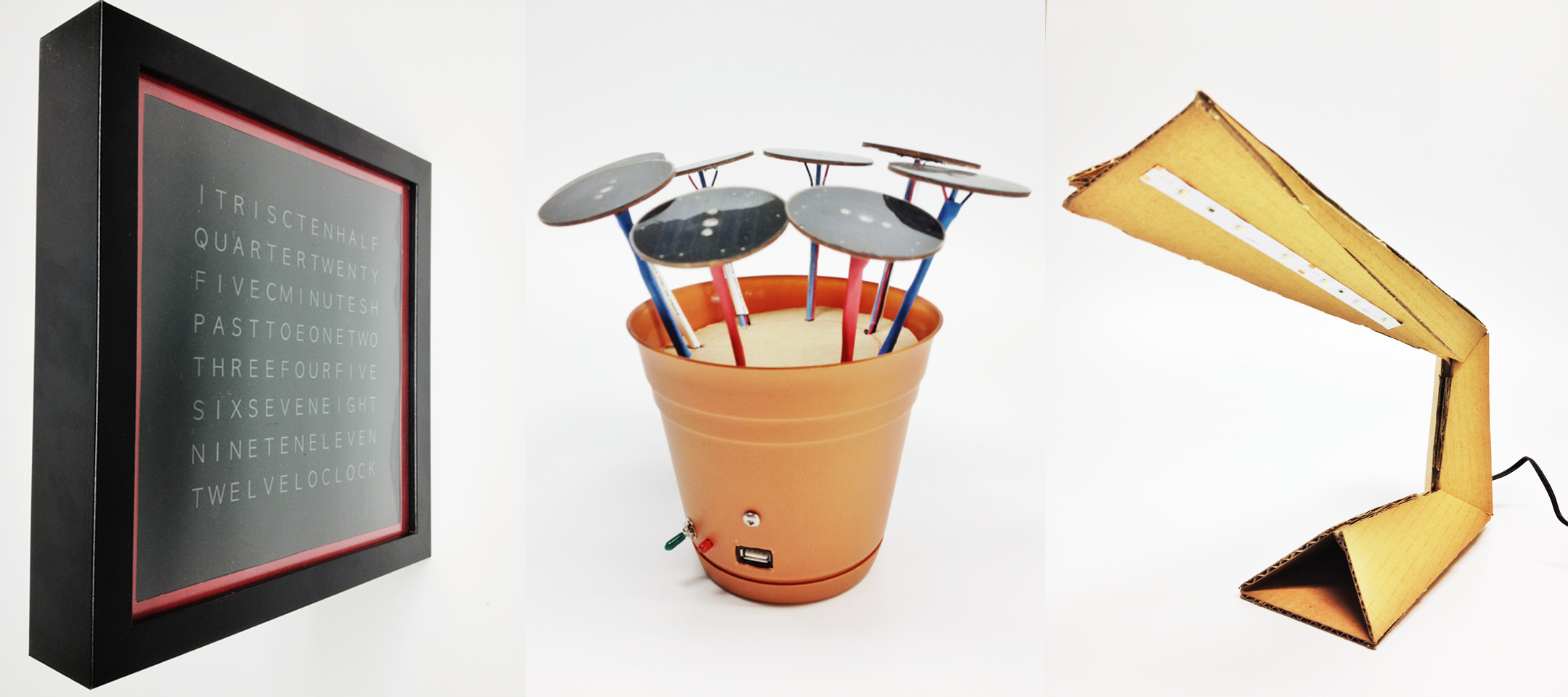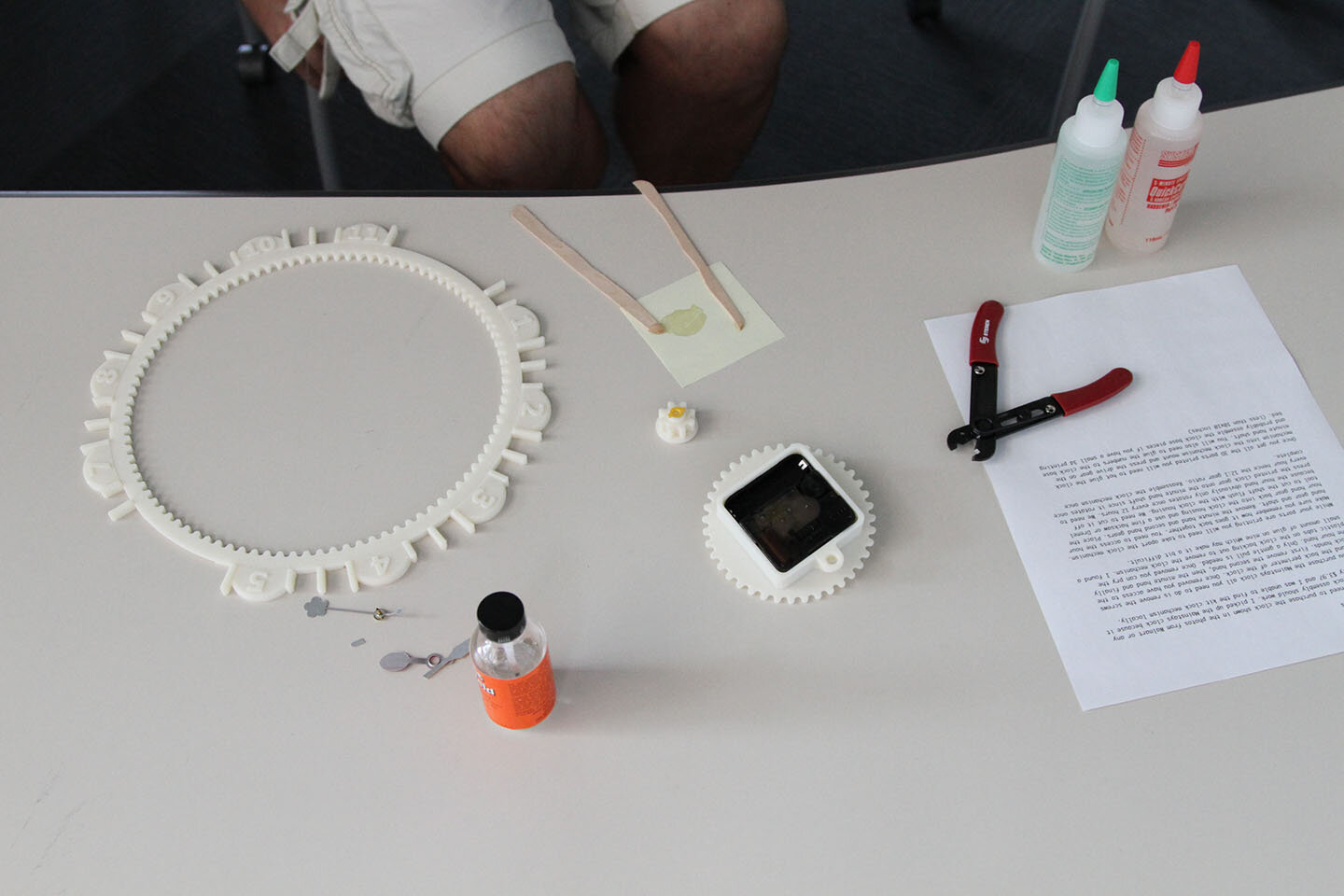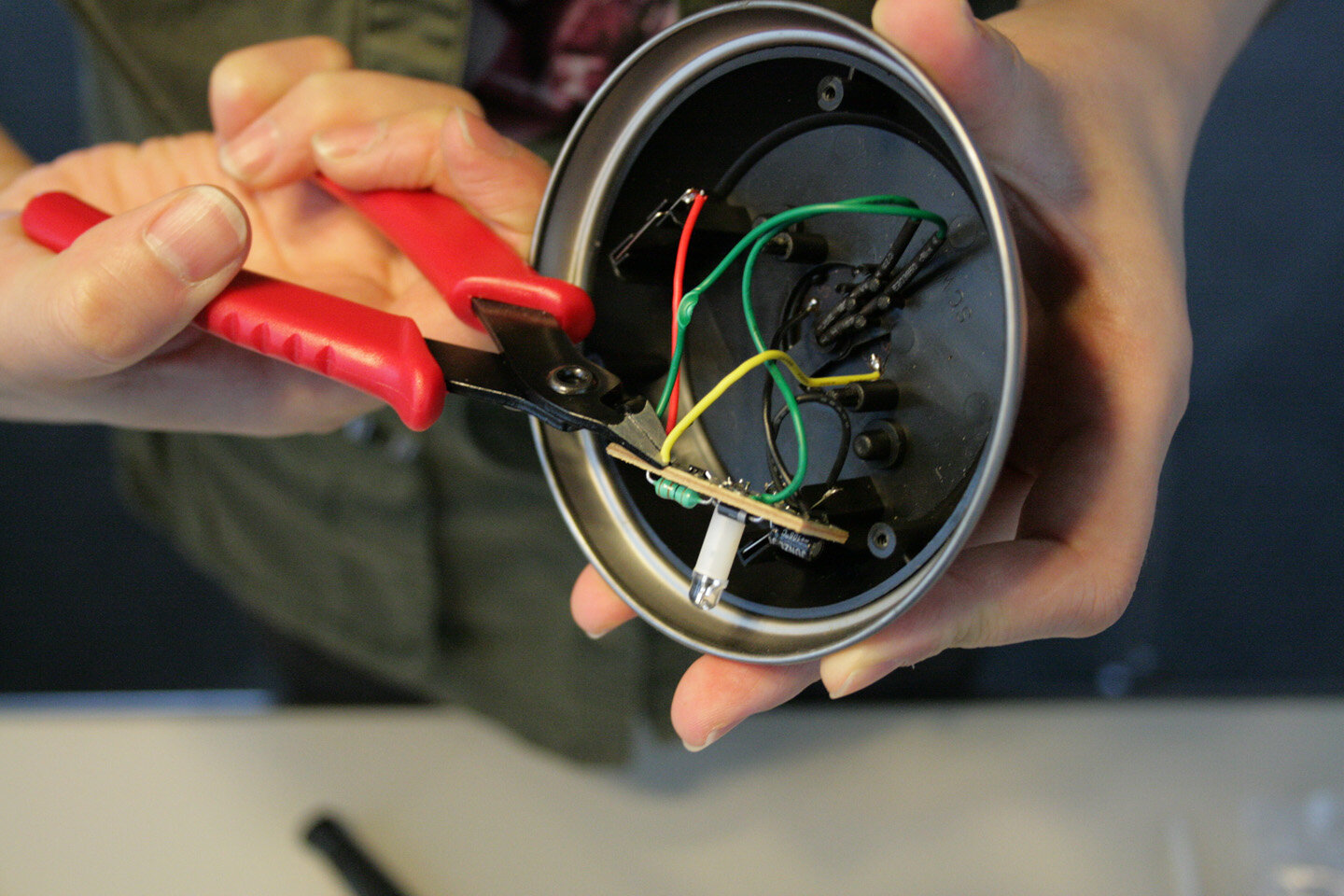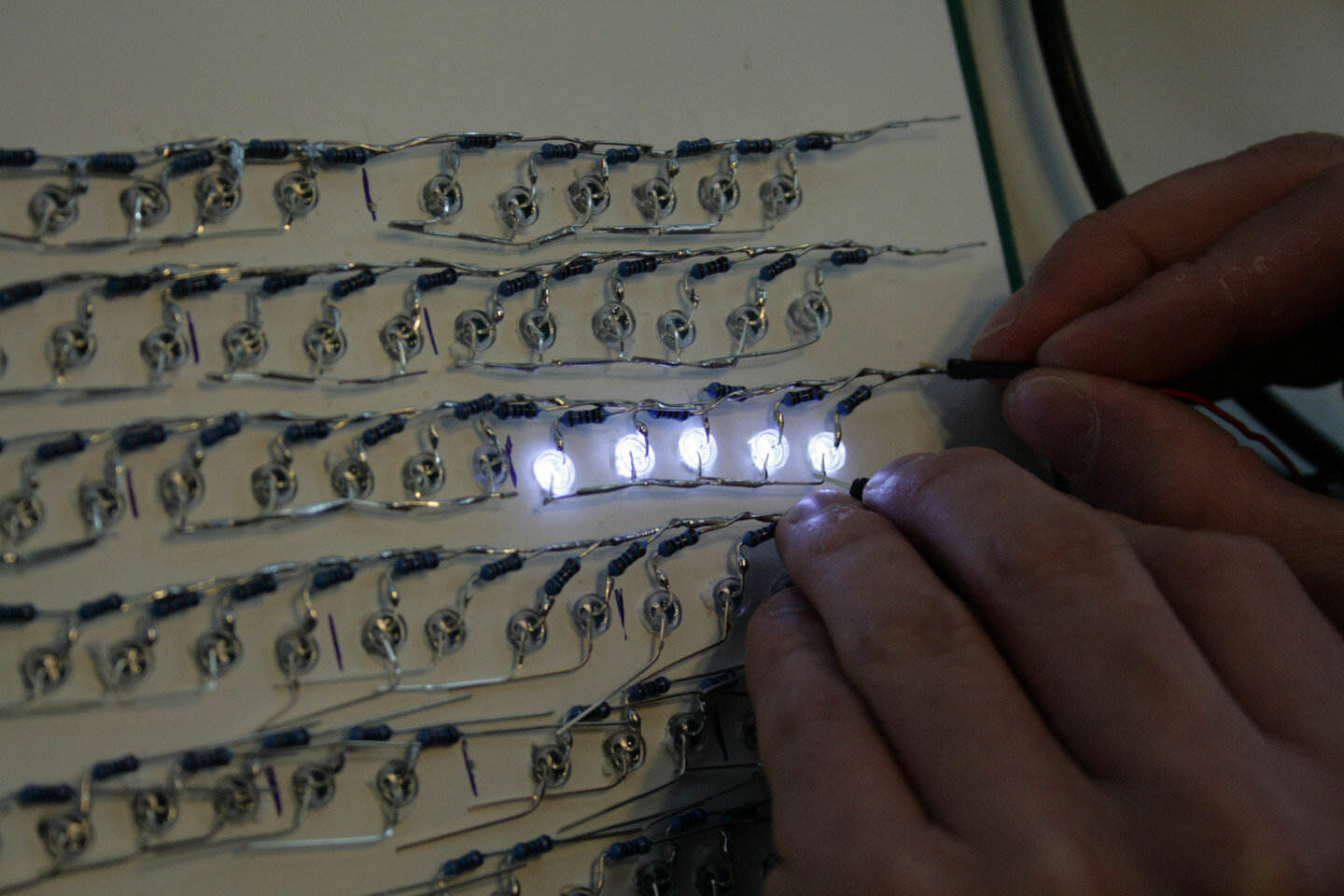Studies of DIY, Repair, and Tutorials
Research with colleagues at Simon Fraser University (2012-2014)
Practices of Repair and Green DIY (2012 – 2013)
At the Everyday Design Studio we conducted two different studies of green practices: the practice of everyday repair and the practice of green-DIY. These two studies show the range and differences between practices of sustainability. The Everyday Repair Study was conducted prior to me coming to SIAT. The Green-DIY study, which I was part of, aims at understanding the motivations, objects, tools, and skills used by green enthusiasts (individuals who create projects that support a sustainable lifestyle). We were mostly interested in understanding the underlying practices of green enthusiasts, using green blogs as an entryway to observe how people make green projects. We narrowed the results to 5 Web sites: Crafting a Green World, Green Upgrader, Instructables, Planet Green, and Simple Organic. We then looked at the study data with a framework of Theories of Social Practice differentiating between three practice elements: Competences, Material, Meaning. It showed that in Green DIY practices meaning plays a stronger role than competences, for instance, often enthusiasts are willing to learn new skills if that will enable them to make a sustainable project.
We published this article on this project: Wakkary, R., Desjardins, A., Hauser, S., & Maestri, L. (2013) A Sustainable Design Fiction: Green Practices. ACM Transactions on Computer-Human Interaction (TOCHI). 20, 4, Article 23 (2013). (34pgs). [PDF]
Abstract:
In this article, we argue that an approach informed by practice theory coupled with design fiction provides useful insights into the role of interaction design with respect to environmental sustainability.We argue that a practice-oriented approach can help interaction designers step away from models of individual behavior and studies of artifacts towards seeing sustainable behaviors as part of multidimensional and interrelated practices and practice elements. We analyze two previously conducted studies. The first study of everyday repair focuses on how people repair their broken objects. The second study of green-DIY examines how green enthusiasts facilitate their practices of making sustainable DIY (do-it-yourself ) projects. We describe the practices of everyday repairers and green enthusiasts in terms of materials, competences, and meanings, and the interrelations among those elements, using the framework of Shove et al. [2012]. We argue that understanding the dynamics of practice and their unique configurations is a starting point to redefine the roles of sustainable interaction design (SID). We propose that designers design towards resources and tools in ways that reflect on the challenges of intelligibility of their design interventions in practices. In addition to considering SID in the light of practice theories, we reveal how design fictions are readily incorporated into green practices in ways that transform those practices and hold implications for transformations of design as well. We bring forward opportunities for designers to co-design with DIY enthusiasts, targeted as practitioners in their own right, designing toward or within a design fiction. As a result, we conclude with the possibility for sustainable interaction designers to become practice-oriented designers who design with transparent open strategies and accessible materials and competences.
DIY Tutorials and the Role of Designers (2013 - 2014)
Aiming to examine the quality of DIY tutorials, we put ourselves in the position of DIY enthusiasts, attempting to build ten DIY projects by following their tutorials. We documented this process and analysed our experiences and observations. In the context of our study, we believe that the process of following the tutorials ourselves is a straightforward way to investigate the challenges and opportunities of DIY instructions.
We published this paper about this research at CHI 2015:
Wakkary, R., Schilling, M., Dalton, M., Hauser, S., Desjardins, A., Zhang, X., & Lin, H. (2015). Tutorial Authorship and Hybrid Designers: The Joy (and Frustration) of DIY Tutorials. In Proceedings of the ACM conference on Human Factors in Computing Systems (CHI ’15). ACM, New York, NY, USA, pp. 609-618. (10pgs). [PDF]
Abstract:
Tutorials are critical to the success and vitality of DIY practices. In this paper, we elevate the importance of tutorial authorship as one way to maintain and improve the quality of tutorials in DIY. We discuss the role interaction designers can play as hybrid designers, mediating between author and audience to contribute to the improvement of practices of tutorial authorship in DIY. We examine the quality of tutorials through the building and analysis of ten DIY projects and tutorials. We analyze key issues across three categories: 1) competences, components and tools, 2) sequencing, 3) and communication. We offer findings that are both practical guidelines for detailed improvements of tutorials and structural themes for improving tutorial authorship including the themes of accurate information, competences and tools, and tutorial format. In conclusion, we discuss the potential for interaction designers to simultaneously mediate and shape tutorials and tools in a form of hybrid design












